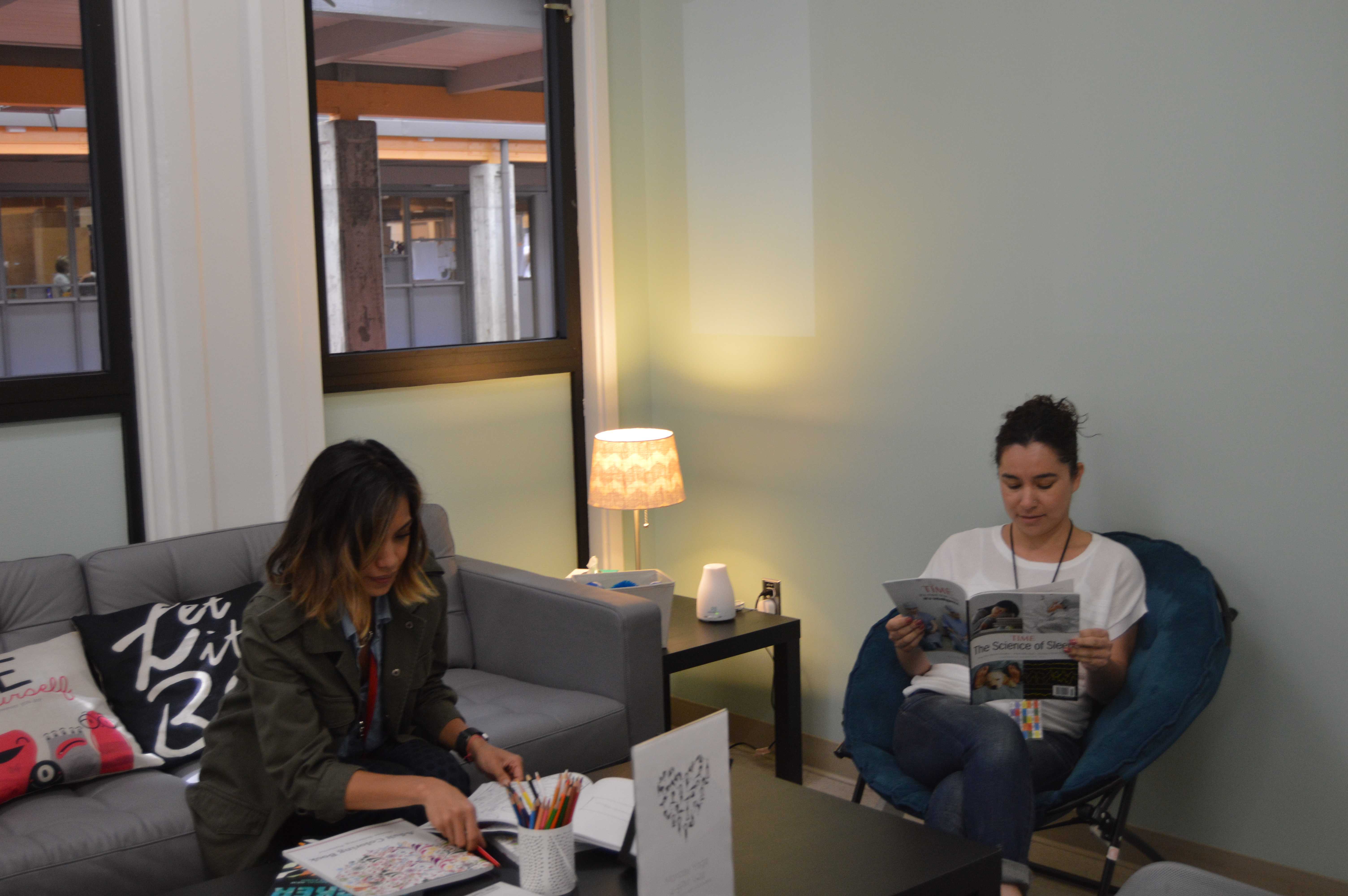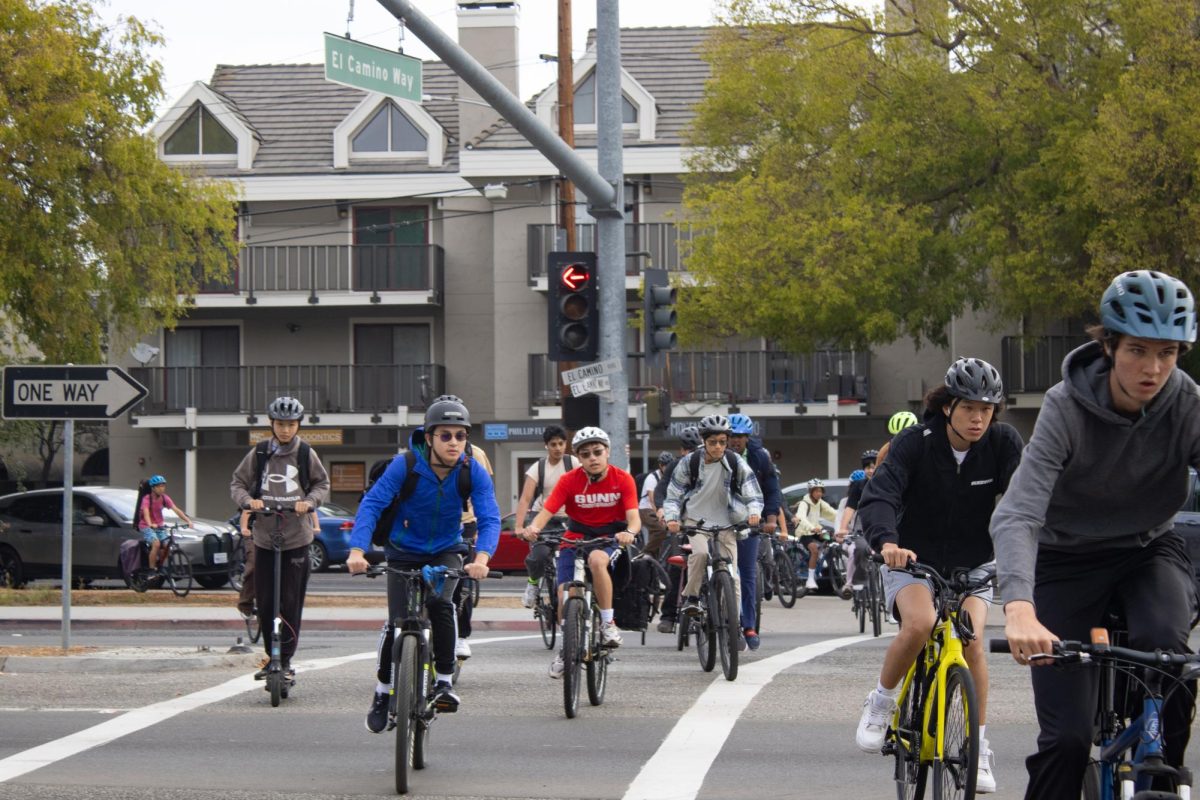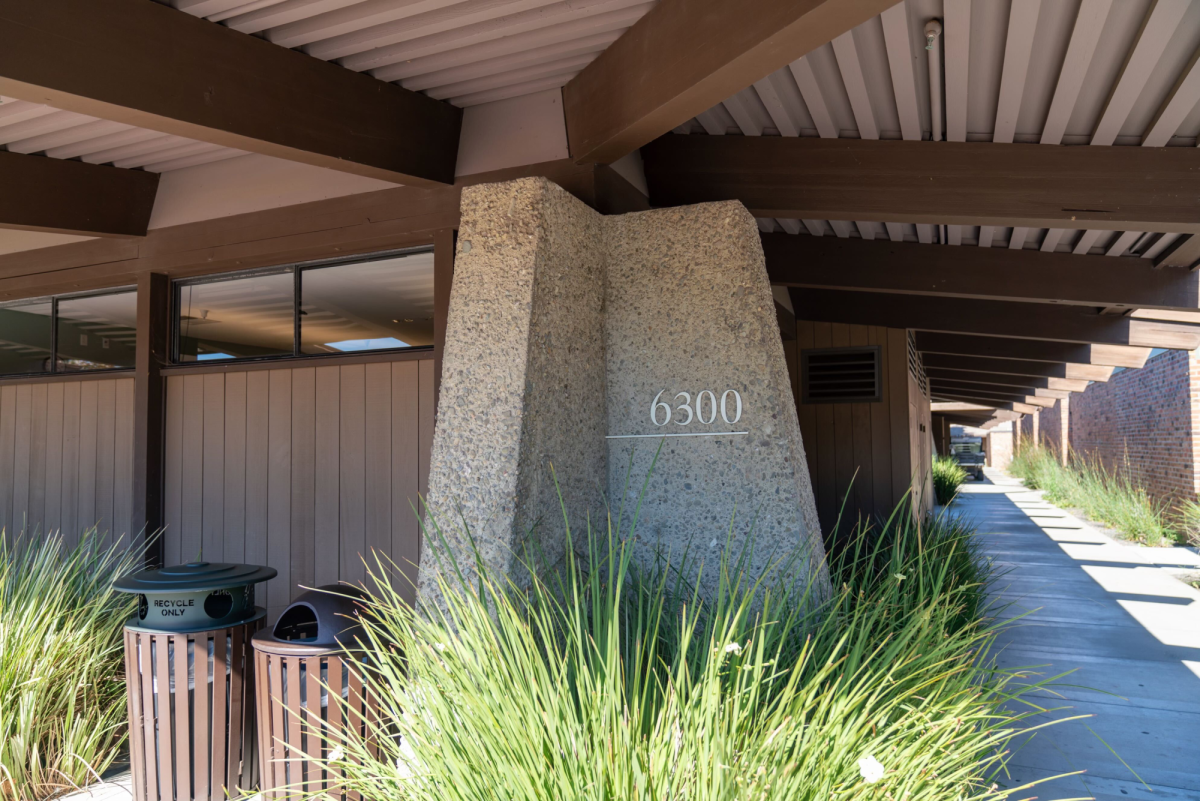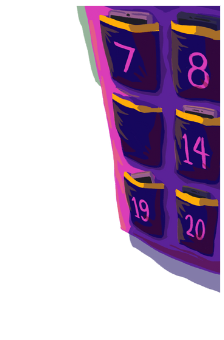Written by Grace Tramack and Evalyn Li
The Wellness Center has opened this year on campus to offer different resources for students, promote mental health and create a comfortable environment in which students can go for help or destress.
Some of the resources at the new center include a lounge area with couches, coloring books, stress balls and Approved Clinical Supervisor (ACS) counselors, but according to Wellness Outreach Worker Myrna Zendejas, that is not all that is planned. “I think it’s important to see the center as a place to re-energize, but it’s also not just about mental health, but about students’ whole wellness,” Zendejas said. “That’s physical and mental and everything, so as a part of that, we want to incorporate other types of wellness in the center such as zumba or yoga classes, as well as meditation or mindfulness practices.”
While Assistant Principal Miriam Stevenson arrived after the wellness center plans were created, she has worked with a diverse group of board members, staff, parents and students to visit other districts’ wellness centers in efforts to inform the creation of Gunn’s own center. “You can’t just drop a different approach into a community,” Stevenson said. “You have to see what other people have done, but [you] also have to think about how Palo Alto is unique and consider what kinds of things work for us that may not work elsewhere.”
According to Student Executive Council Wellness Commissioner junior Vidhu Navjeevan, another important factor in making the Wellness Center a comfortable space is the confidentiality it offers. “You might be there for therapy, but you also may be grabbing tea,” she said.
One of the main goals of the Wellness Center is to create a comfortable space for students and staff to relax and re-energize. “[The Wellness Center] is really just for any time you feel that you need that break,” Zendejas said. “One of our rules in here is that we don’t have electronics, we don’t have laptops, we disconnect from homework—it’s really a place where you can just focus on you and focus on feeling better.”
The other main goal, according to Stevenson, is to connect all of the general wellness services at Gunn. “The challenge becomes how do we make sure that the people involved in the sources of strength are working together to help the student while maintaining the privacy the student deserves,” she said. “The idea of wellness is that there is easy access to supports for people to practice self care and to better coordinate services so that it’s not an under-service or a duplication of service.”

Photo by Vibha Arun
Mental Health and Wellness Coordinator Joanne Michels (left) and Zendejas (right) prepare the Wellness Center for students to use
Stevenson says that even with this interim wellness center in lieu of the one that will be constructed in two years, the administration is working with students to establish a feedback loop to meet students’ needs. “A wellness center is only as successful as the student’s access to it and utilization of it,” Stevenson said.
“The idea of wellness is that there is easy access to supports for people to practice self care and to better coordinate services so that it’s not an under service or a duplication of service.”
—Assistant Principal Miriam Stevenson
Navjeevan echoed the sentiment that moving forward with the development of the center, constant adaptation and adherence to student feedback is essential and necessary for its success. “I think student voice is one of the most important voices in the room because if we have student voice in the things that are made for the students by the students for the students, students will feel more comfortable using it,” she said. “If you have an idea, a complaint or comment, come in and just say it so we can work to make it better because [the people in the center] are a lot more open than you think.”
When Principal Dr. Denise Herrmann first arrived at Gunn, she realized that creating a space on campus dedicated to student well- ness was possible. She began working with a committee of staff members to rede- sign the proposed two story building to replace the SAC to include the center. “We tried to make the space as flexible as possible because who knows what services students might need in five years,” she said.
One of Herrmann’s hopes for the future center is that it will influence the overall tone of well-being and health at Gunn for both teachers and students. “When we first came together to work on our school improvement plan it wasn’t just about this wellness idea… but also that was in a bigger context of our overall school culture,” she said. “If there are any parts of our climate and culture that maybe in the past have contributed to excessive stress, a competitive environment or students feeling confined, like there is only one way to have success here, then those are things we have to challenge.”










